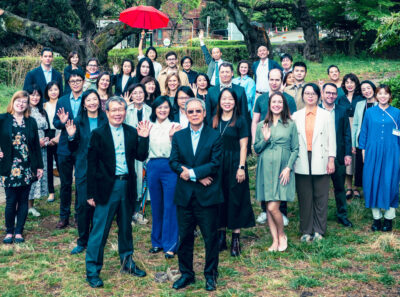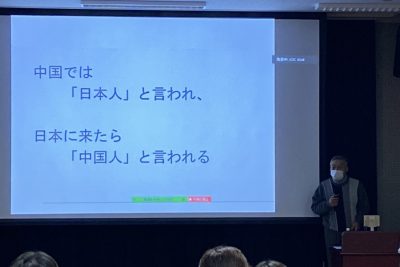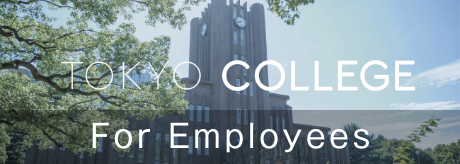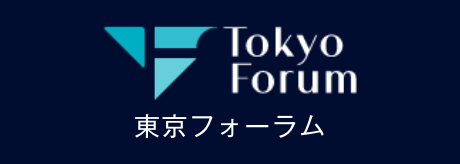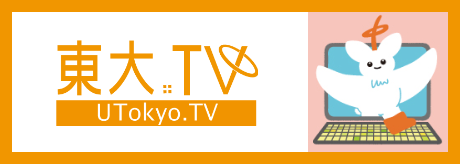“Woman, Life, Freedom”: Visiting Iran in 2022

“I don’t want you to leave…” said my friend sadly on the day that I left. With painful reluctance, I requested a ride through the rideshare app Snapp and left behind my heart as I headed for Imam Khomeini International Airport. I had been in Iran for three weeks as of September 13th, the day I returned to Japan. On that same day, a 22-year-old woman named Mahsa Amini, who had been visiting Tehran from the provinces, was arrested and detained by the morality police for improperly wearing her hijab, a head covering that has been required of women in Iran since the Iranian Revolution in 1979.
In Iran, being arrested by the morality police for issues related to one’s attire is not a rare occurrence in and of itself. However, when news of Mahsa Amini’s sudden death was released three days later, her name spread across social media via hashtag and protests erupted throughout Iran. For days on end, countless videos would be uploaded to social media that reverberated with the sounds of car horns, gunshots, and voices shouting the slogan “Woman, Life, Freedom.” As protests grew, local internet access became restricted. I was filled with unease as it grew difficult to contact the friends I had been with only a few days prior. The protests still show no sign of abating even after a month. In response to clashes with security forces, some have called for international assistance while voices around the world have expressed solidarity.
Could we have anticipated the current protests? In hindsight, we can see that there were already numerous signs. You can have a vastly different impression of a country if you stay in different locations or see different people, and so drawing strictly on my personal observations, I would like to describe the current state of Iranian society. Based on the kind of fragmentary news coverage that focuses on Iran as “a religious country with its own rules that stands at odds with the West,” it can be easy to feel as though what’s happening there only concerns “other people.” The internal situation, however, is much more complex and multifaceted. The events unfolding in Iran bring to light issues that are shared throughout the modern world, including freedom of gender, bodily autonomy, rising prices, and aging social infrastructure.
On the Hijab
Although Japan still has gender inequality issues to resolve, I rarely have to be conscious of things like, “Today, I am a woman,” when living here. However, when I’m doing field research in Iran, being female is something I cannot separate from. This is mainly because all women in Iran, regardless of nationality, are required to wear a hijab in public places, and there are numerous public facilities with separate entrances and spaces divided by gender. Every time I go outside, I pick up my hijab (or headscarf) at the front door, and I am reminded that I am a woman. When I first visited Iran over ten years ago, it was exhausting wearing a hijab while eating (because naturally, you also wear it in restaurants), but local women taught me how to wear it in such a way that it did not slip off my head, so it’s not so difficult now that I’m used to it. The situation may seem restrictive at first glance, but as long as long you wear the hijab properly, you actually have the freedom to go anywhere open to the public, from markets, restaurants, cafes, libraries, and museums, to even amusement parks. Swimming pools and beauty salons have separate establishments for women and men, and there, you are permitted to uncover your hair. Hijab also means “curtain” in Arabic. It is important that partitions separate unrelated women and men, but within these partitions exists freedom, in a sense. Nevertheless, it is no overstatement to say that an individual’s gender determines the actions available to a person and the norms they must follow.
Whenever I’m in the field, since I’m visiting Iran as a female researcher, I make a concerted effort to examine the daily lives of women there and the sights that only they see. While working with women born and raised after the Islamic Revolution, I have learned that they know what actions are safe, which ones are not, and that that separates them is in constant flux. I have also seen that there are many styles and trends that fall under the umbrella of hijab, and that no one person dresses the same (minus school and work uniforms). Art lovers often wear custom-made clothes created from carefully selected fabrics rather than buying mass-produced goods (often cheap imports) on sale at markets and stores. On the other hand, women are constantly on the lookout for the morality police. Police vehicles will occasionally drop by cafes and parks where colorfully-dressed young people are congregating. While riding in the passenger seat of a car, I was once warned by a friend that I could be fined for not maintaining my hijab even in a vehicle.
As I mentioned, there is no need to be concerned about hair or clothing when using women-only public facilities. For example, at sports centers, you can find outdoor swimming pools where women who want to sunbathe can recline in chairs by the pool in bikinis for hours on end. (Also, cell phones and cameras are forbidden so as to ensure that images of the inside are not made public.) Burgers and sandwiches are available for purchase, and for some reason, Western music that peaked in popularity ten years prior plays in the background. It feels like a resort, only with no men in sight.
Beauty salons are another common place for women to relax. Larger ones may offer not only haircuts and color, but a variety of services, including manicures, foot baths, facials, eyelash perms, and cosmetic tattoos. I realized that the conversations and information exchanged during appointments are important parts of women’s communication, and so I decided to try out all the services myself. Despite the low cost, I was highly satisfied with the quality of it all. As an aside, there was a woman who brought canned pomegranate paste (often used in Persian cuisine) for use in a facial, and I thought that it was such a uniquely Iranian sight. I also enjoyed the casual conversations I had with manicurists and beauticians. The staff members at women-only public facilities are, of course, also women. Single women, married women, recently divorced women, single mothers, remarried women, all in different circumstances with their own viewpoints, all working.
That said, I want to avoid giving this story some cliched headline like, “Women Enjoy Fashion Despite Regulations!” The topic of women enjoying the hijab as fashion may have seemed new and fresh in the late 1990s and 2000s when society was just beginning to regain some life after recovering the Iran-Iraq War that followed the Islamic Revolution. But we can’t simply lump together today’s women, forty years after the Revolution, with those of the postwar reconstruction period. If I were to describe women today, I would say that despite dealing with all kinds of problems, hardships, and feelings of stagnation, they are managing to survive while staying somewhat hopeful. Maybe colorful nail polish helps distract them a little. The people I met during my stay in Iran gave the impression that they are just barely hanging on. Moreover, it is growing difficult to ignore the voices of those who question the very rules that govern the hijab. Many people feel that they have been left behind in the world, as they are unable to conduct business freely with the Europe and the U.S. due to economic sanctions. It is no wonder that the generation who receives information from the world through social media is asking, “Why only Iran?”
Life in an Exhausted Society
Men, too, feel the sense of stagnation that comes with living under the current societal conditions. With the exception of some of the extremely wealthy, the general public has been deeply affected dealing with scars left by the COVID-19 pandemic, soaring prices, and aging social infrastructure. In the city of Tehran, aside from a mural dedicated to healthcare workers, there is little talk of the pandemic. Many people in the city wear masks, but it was difficult to tell whether they wear them to protect against infection or exhaust fumes. Some stores still had signs asking customers to wear masks, but in practice, many people were coming and going without them. Of all the places I visited during my stay, the only one that did not allow entry without a mask was the National Museum. However, with so many reports of people passing away over the past few years, the pandemic has left visible scars. When visiting the homes of acquaintances, I found that family members and relatives who had appeared healthy a few years ago were no longer there—only their photos remained. The everyday lives of those who lost the family members and wage earners that they relied on have only become more difficult, both psychologically and economically.
Another large change that has occurred since the pre-pandemic time is the near disappearance of physical cash in favor of smartphones. In trendy, recently opened cafes, it is common for customers to use their phones to scan QR codes to display menus, and people pay using credit cards and payment apps. One might imagine that the spread of ostensibly high-tech services like these would add some convenience to people’s lives, but in actuality, many say that the fact that the cost of living has increased while wages remain unchanged has made life more difficult regardless. Some families have fallen into poverty over the course of a few years and are no longer able to buy enough food essentials like meat and fruit. Some drivers for Snapp said they wanted to go to the city of Baghdad in the neighboring country of Iraq in order to work—rumors say that they would be able to make more money there. Unable to hold on to hope for the future, the number of people suffering from depression and seeking out psychiatric services is not small.
On one occasion, a male friend, a female friend, and I went to a restaurant, and after arguing amongst ourselves over the bill, the male friend took the car and left. My female friend and I ultimately decided to do some shopping at the market and then order a Snapp, but the plastic bag (called a “nylon”) holding the massive amount of fruit we bought reached its limit as we were waiting for the car. The bag ripped open, and several peaches rolled down an incline. My hands were full, and when I bent down to pick them up, my hijab nearly slipped off. Some people that were nearby kindly helped us, and we were able to pick up most of the peaches, but then a speeding car hit one with a crunch. If only we hadn’t argued over the bill and had been able to get around in our male friend’s car, if only the plastic bags had been stronger, if only we hadn’t bought so many at once—in other words, if only the entire economic situation of society had been better! Then, the peach wouldn’t have been crushed by a car. Seeing the now cruelly misshapen peach, I couldn’t help but to feel like this.
When things start to go off track, then everything seems to go wrong—there were many events that made me realize this during the course of my three-week stay. As I was nearing the end of my trip, I felt like I had reached my personal limit and ultimately started feeling ill. The night before my return to Japan, despite not feeling my best, I went with friends to a restaurant that holds a special place in my heart. It’s a Western-style restaurant that serves pizza and has been in business since before the Islamic Revolution, and I visit it at least once whenever I come to Tehran. “This is like the Last Supper,” we thought as we chatted and reflected on my stay, when suddenly something strange happened: a piece of the ceiling above the table next to us fell. A group of young women and men sitting just down from us (looking surprised but laughing) moved to different seats. Five minutes later, another piece from the cracked ceiling fell, causing the restaurant to buzz with excitement once more. We had moved seats after it fell the first time, so luckily no one was injured, but if the damage had been worse, it really could have been “the Last Supper” for us. The waiter, who didn’t seem bothered, said that it was probably caused by construction work being done on the floor above, and that they would fix it sometime after tomorrow, but it was so evident that people were living side-by-side with danger. The public facilities and social infrastructure that were built before the Islamic Revolution during the pro-American Pahlavi Dynasty in the 1960s and 70s, a time that prospered due to oil money, must have been the most advanced in the world at that time. The restaurant with the crumbling ceiling is also known for its history as the first restaurant to serve pizza in Tehran. Memories of the dynastic era, when hijab were not required, have never completely disappeared from the city. Now, however, dilapidation spreads, repairs only reach broken places one at a time, and fundamental problems remain unsolved—yet, somehow, the city is holding on. Relocating or rebuilding is not an easy task for average people who struggle with everyday life. You can’t just rewind or fast-forward time.
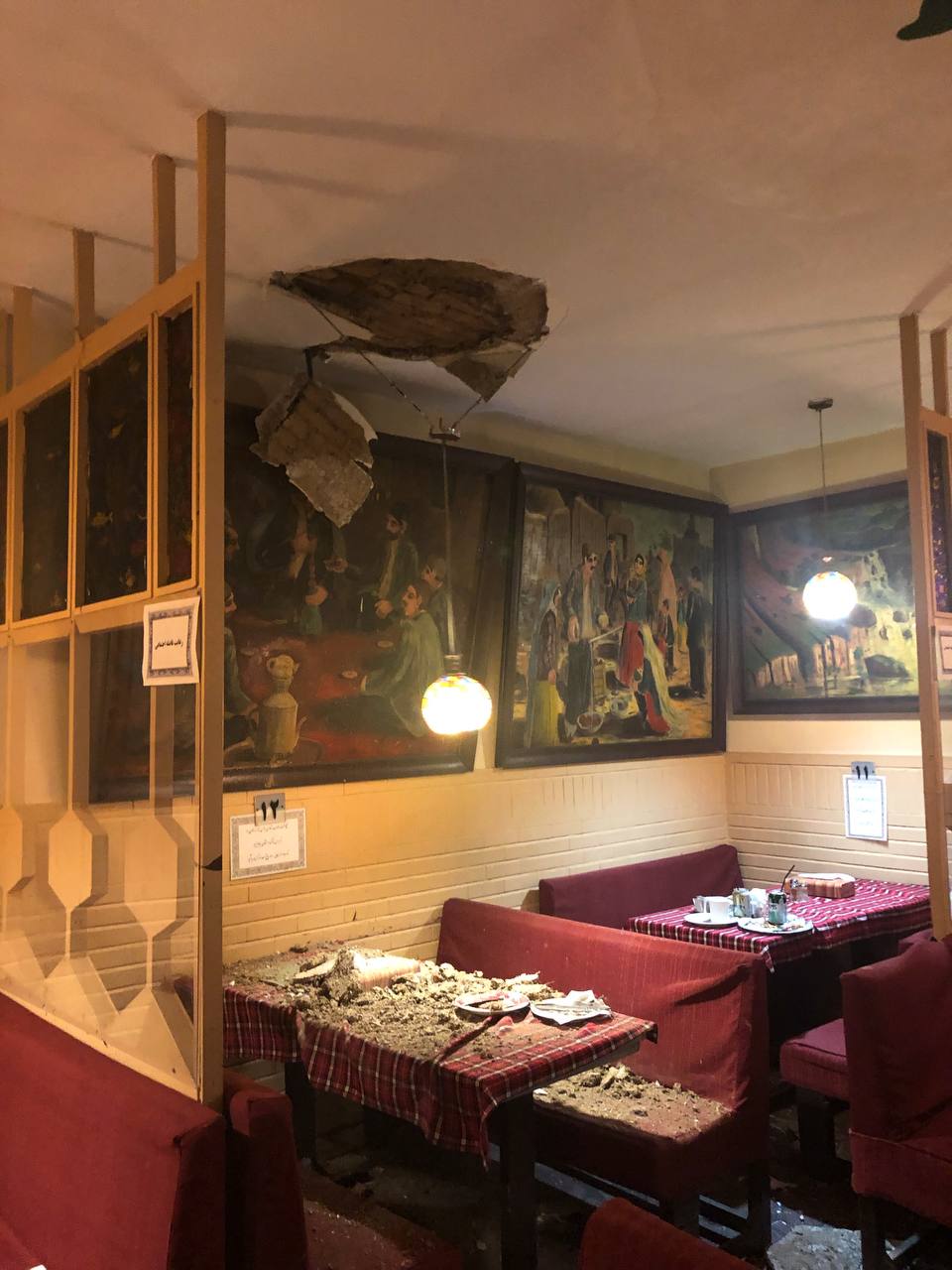
Many people, having reached their limit with daily life here, are desperate to move abroad. However, in the current economic situation, an average person in Tehran working several years without a break would, at best, only be able to move to the neighboring country of Turkey. It’s also quite difficult to save enough money for a plane ticket to Japan—I can’t just tell someone to casually come see me in Japan sometime. Iranian society is divided by hijab, and the modern world is further divided by national borders. Though borders may protect our way of life in some cases, we are also in a sense also less “free.” Many female passengers on the plane to Dubai, including myself, remove our headscarves as soon as we board. I always feel lighter the moment I take it off on my flight home from Iran, but this time, I felt very heavy. The more I learn about how women my age live in Iranian society, the more painful it is for me to leave them behind. It’s only a two-hour flight to the Dubai airport, but only certain people can cross that border freely.
In 2009, a protest movement known as the Iranian Green Movement emerged in response to the outcome of the presidential election, but it did not result in a revolution that overthrew the political system. The future of this movement remains to be seen, but people are now in the midst of major changes. It is precisely at times of social turmoil that level-headed analysis is necessary. Even so, the sight of the crushed fruit after being hit by a car is still burned into my mind, and I cannot be free of it. Sometimes when I remember, it feels as if my heart is in a vice. I can only hope that the fragile emotions and bodies of human beings, and the small amount of hope they hold for the future, are not also trampled by violence. I want to continue thinking about what freedom means to us living in the modern world.


